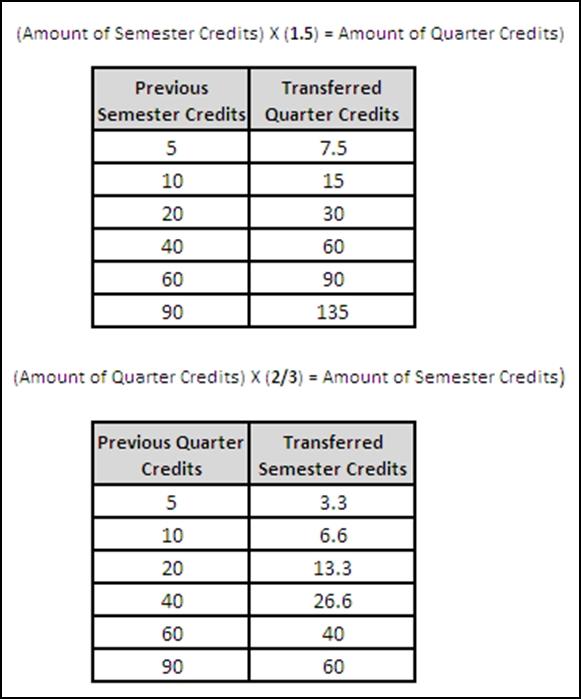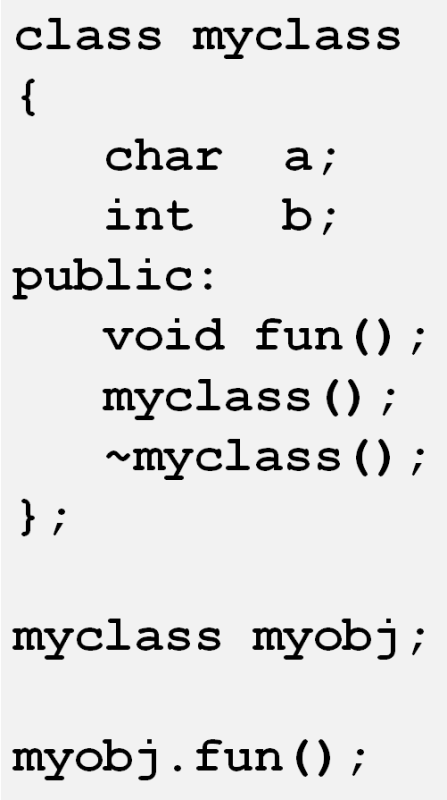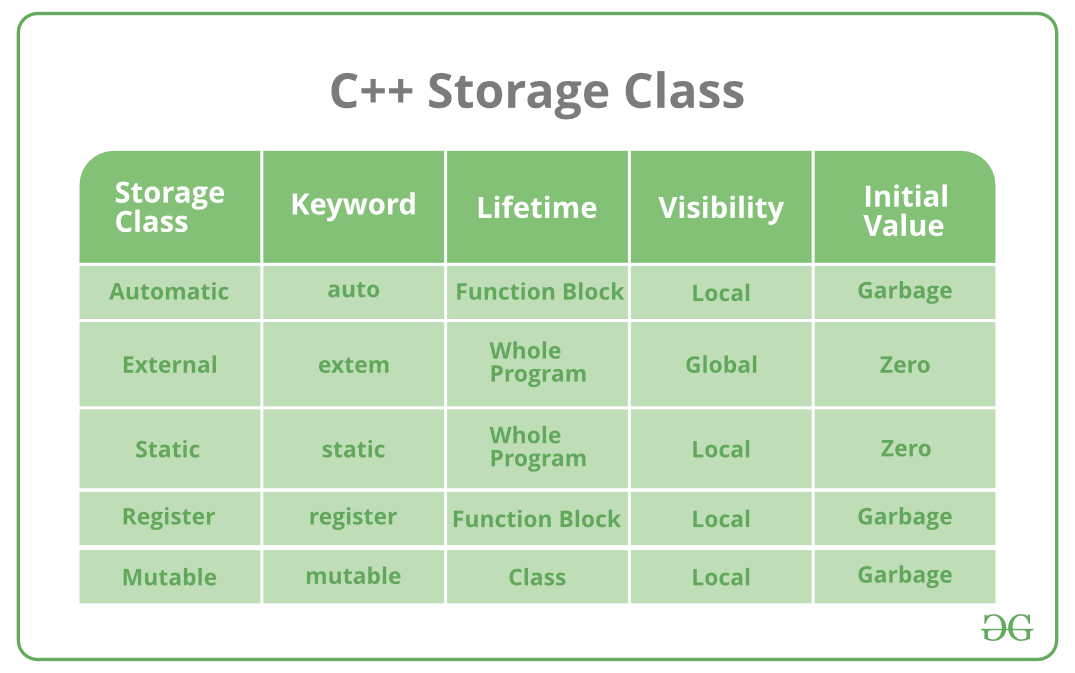CPP Class Credit Breakdown

The world of finance and personal money management is ever-evolving, and understanding the intricacies of credit and debt can be crucial for making informed financial decisions. This comprehensive guide delves into the CPP Class Credit Breakdown, offering an in-depth analysis of this credit class and its impact on borrowers and lenders.
Introduction to CPP Class Credit

In the realm of credit scoring and lending, the CPP (Consumer Protection Policy) Class Credit system plays a pivotal role. Developed to ensure fair lending practices and protect borrowers, this classification system is an essential tool for lenders to assess creditworthiness and manage risk.
The CPP Class Credit system is a sophisticated tool, utilizing a combination of borrower data, credit behavior, and historical trends to assign a credit class. This classification not only aids lenders in decision-making but also provides borrowers with a clear understanding of their financial standing and potential for growth.
Understanding the CPP Credit Breakdown

The CPP credit breakdown is a detailed analysis of an individual’s creditworthiness, divided into several key categories. Each category contributes to an overall credit score, which in turn determines the CPP class.
Payment History
Payment history is the cornerstone of any credit profile. It involves a thorough examination of an individual’s past repayment behavior. Late payments, delinquencies, and defaults are all factored into this category. A consistent history of on-time payments can significantly boost an individual’s credit score and CPP class.
Credit Utilization
Credit utilization refers to the amount of available credit an individual is using. Lenders prefer borrowers who maintain a low credit utilization rate, typically below 30%. This demonstrates responsible borrowing habits and a reduced risk of financial strain.
Length of Credit History
The length of an individual’s credit history is another crucial factor. Lenders generally favor borrowers with a longer credit history, as it provides a more comprehensive view of their financial behavior over time. A shorter credit history may result in a lower CPP class.
Types of Credit
The diversity of credit types an individual has is also considered. Lenders look for a healthy mix of credit types, including credit cards, mortgages, and personal loans. This demonstrates the borrower’s ability to manage different financial products responsibly.
New Credit Applications
Frequent applications for new credit can negatively impact an individual’s CPP class. Each application triggers a hard inquiry on their credit report, which can lower their score. Lenders prefer borrowers who apply for new credit sparingly and only when necessary.
Credit Inquiries
Credit inquiries occur when a lender or financial institution checks an individual’s credit report. Too many inquiries in a short period can signal financial instability or credit shopping. Lenders may view this negatively, impacting the borrower’s CPP class.
The Impact of CPP Class on Borrowers
The CPP class directly influences a borrower’s financial opportunities and terms. A higher CPP class often translates to better interest rates, increased credit limits, and more favorable loan terms. Conversely, a lower CPP class may result in limited financial options and higher borrowing costs.
Interest Rates and Loan Terms
Lenders use CPP class to determine the interest rates and loan terms they offer. Borrowers with a higher CPP class are likely to secure lower interest rates and more flexible repayment terms. This can significantly impact the overall cost of borrowing and the borrower’s financial health.
Access to Credit
The CPP class also determines a borrower’s access to credit. Lenders may be more hesitant to extend credit to borrowers with a lower CPP class, fearing increased risk. This can limit the borrower’s ability to secure loans or lines of credit when needed.
Managing and Improving CPP Class
Improving one’s CPP class is a journey that requires dedication and financial discipline. Here are some strategies to enhance your CPP class:
Timely Payments
Make sure all payments are made on time. Late payments can have a significant negative impact on your credit score and CPP class. Set up automatic payments or reminders to ensure you never miss a due date.
Reducing Credit Utilization
Keep your credit card balances low and try to pay them off in full each month. A high credit utilization rate can lower your credit score. Aim to keep your credit utilization below 30% for the best results.
Building a Diverse Credit Portfolio
Diversify your credit portfolio by having a mix of credit types. This demonstrates your ability to manage different financial products responsibly. Consider adding a credit card, a personal loan, or a mortgage to your portfolio if you don’t already have them.
Avoiding Frequent Credit Applications
Limit your applications for new credit. Each application triggers a hard inquiry on your credit report, which can lower your score. Only apply for new credit when necessary, and space out your applications to avoid multiple inquiries within a short period.
The Future of CPP Class Credit

As the financial landscape continues to evolve, so too will the CPP Class Credit system. Advances in technology and data analytics are likely to enhance the accuracy and efficiency of credit scoring. This could lead to more tailored lending decisions and improved financial opportunities for borrowers.
Potential Changes and Innovations
The CPP system may incorporate more sophisticated algorithms and machine learning techniques to analyze borrower data. This could lead to a more nuanced understanding of creditworthiness and risk assessment. Additionally, alternative data sources, such as rental payments or utility bills, may be considered to provide a more comprehensive view of an individual’s financial behavior.
The Role of Digital Finance
The rise of digital finance and online lending platforms has already begun to shape the CPP Class Credit system. These platforms often utilize advanced analytics and real-time data to make lending decisions. As this trend continues, borrowers may see faster loan approvals and more accessible credit options, especially in the digital lending space.
Consumer Education and Financial Literacy
Increased focus on consumer education and financial literacy is likely to accompany these technological advancements. Empowering borrowers with knowledge about credit scoring, lending practices, and financial management can lead to better financial decisions and improved CPP classes over time.
Conclusion
The CPP Class Credit system is a vital component of the lending landscape, providing a comprehensive framework for lenders to assess creditworthiness and manage risk. Understanding this system and its impact on borrowers is crucial for making informed financial decisions. By implementing strategic financial practices and staying informed about credit scoring, borrowers can work towards improving their CPP class and unlocking better financial opportunities.
How often is my CPP class reviewed and updated?
+CPP class reviews and updates are typically conducted on a periodic basis, often annually or semi-annually. However, certain actions, such as a significant change in credit behavior or the addition of new credit accounts, can trigger an earlier review. It’s important to stay informed about your credit profile and take proactive steps to maintain or improve your CPP class.
Can I request a review of my CPP class if I believe it’s inaccurate?
+Yes, if you believe your CPP class is inaccurate due to errors or discrepancies in your credit report, you can request a review. Contact the credit bureau or lending institution responsible for your credit score calculation and provide them with the necessary details and supporting documentation. They will investigate and make the necessary corrections if warranted.
Are there any downsides to having a high CPP class?
+Having a high CPP class generally indicates good financial health and responsible credit behavior. However, it’s important to remember that a high CPP class may make you a more attractive target for lenders, potentially leading to an increased number of credit offers and marketing materials. It’s crucial to manage your financial decisions wisely, regardless of your CPP class.



